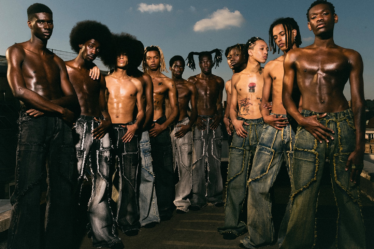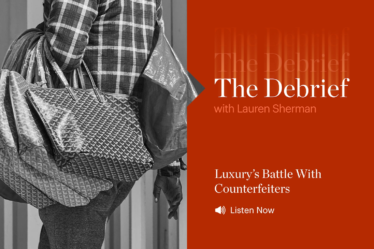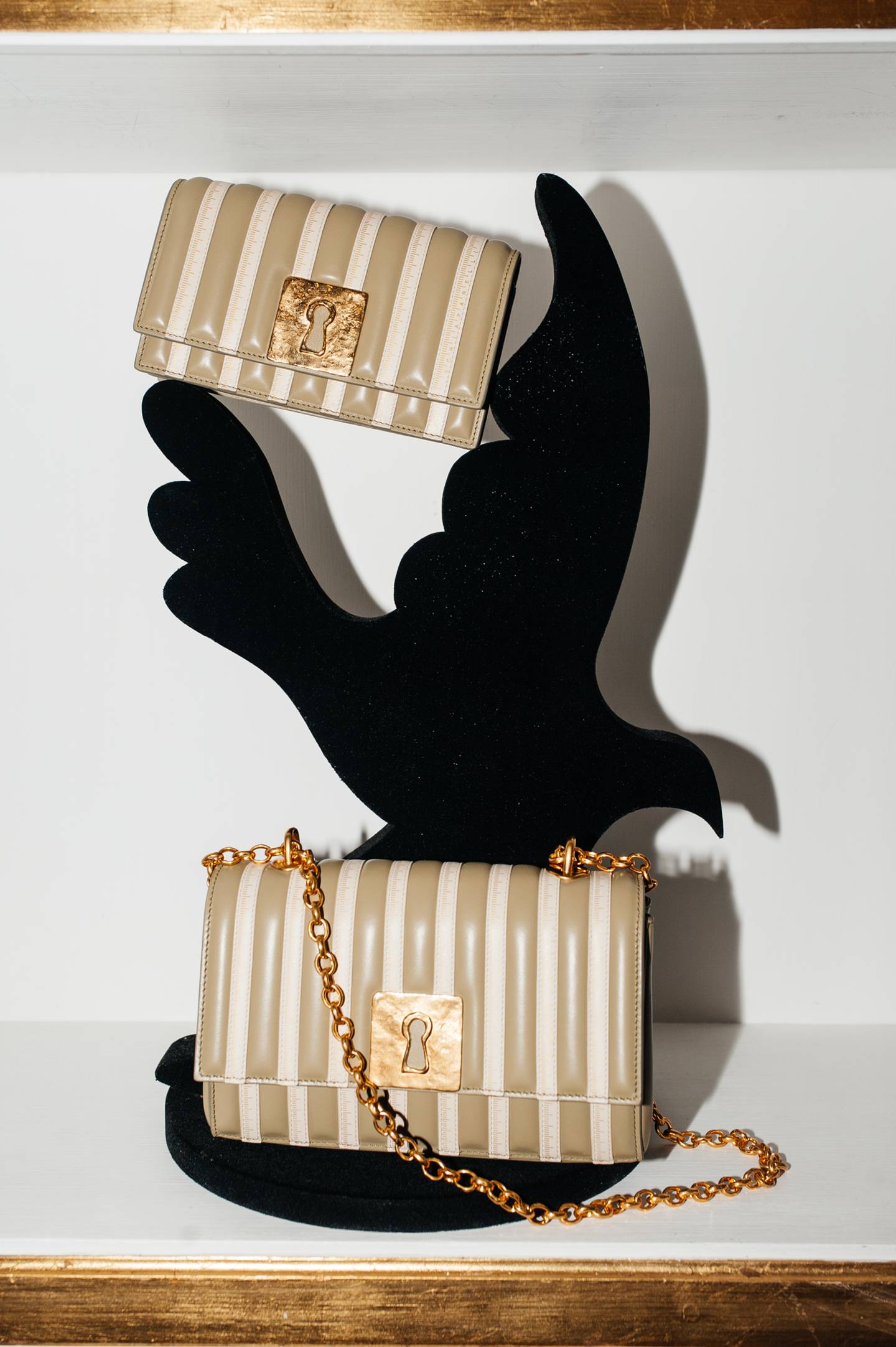
PARIS — When Tod’s chairman Diego Della Valle bought Schiaparelli in 2007, the brand was little more than a mythical name and a tiny office on Paris’ Place Vendôme stuffed with sketches and records. The house had stopped making collections in 1954 and its licensing business, including trademark perfumes in surrealist bottles, had long since dried up.
But Della Valle saw the potential for reviving the dormant couture house, a so-called “sleeping beauty” brand which had been positioned by founder Elsa Schiaparelli at the vanguard of modern luxury. Schiaparelli’s garments melded couture craftsmanship with provocative design while carving out a place in the cultural zeitgeist through partnerships with artists like Salvador Dalí and Man Ray, as well as dressing clients like Marlene Dietrich.
In recent years, Della Valle and a team including CEO Delphine Bellini and Daniel Roseberry (the brand’s creative director since 2019) have restored the house block-by-block, at times almost literally as the brand reclaimed the leases to its historic hub on Place Vendôme one room at a time. The nerve centre of Schiaparelli since 1935 is now buzzing with activity again, home to a light-filled third-floor boutique and couture salon as well as the company’s offices, design studio and atelier.
“The strategy is to build the dream, and 21 Place Vendôme is the symbol,” Della Valle said in an exclusive interview with BoF. “We were very lucky to take back all the building where she was 70 years ago. I walk outside the Ritz after dinner and think — my God, this is a dream.”
Indeed, reanimating the Schiaparelli brand in step with efforts to reclaim its physical patrimony have set the project apart from other attepts to reawaken ‘sleeping beauties’. Where efforts to relaunch brands including Vionnet, Poiret and Patou have, at times, felt contrived, it’s increasingly easy to forget that Schiaparelli ever went away thanks to the immersive physical experiences it stages in the Vendôme space, which is replete with Surrealist flourishes like hand-drawn wallpaper and fish-shaped lounge chairs.
But rooting the project in a physical hub isn’t the only thing Della Valle did right. The house’s strategy has been to aim high, not wide: restoring its authority for design and craftsmanship by showing only haute couture collections for nearly a decade before gradually extending its offer into ready-to-wear, shoes, bags and jewellery.
“The dream is to do one of the most charming and exclusive brands in the world — very desirable, with products that are unusual but super strong — and to build an important story with the most exclusive customers,” Della Valle explained.
Awareness of the Schiaparelli name has surged to new heights since American designer Roseberry rolled out an opulent, immersive vision for reviving the brand’s codes. His eye-catching trompe-l’œil designs have been catnip to celebrity stylists, creating major social media moments.
Earlier this year, Roseberry’s choice to show plush cat heads during haute couture week was decried online as glamourising big game hunting (especially when the looks were mistaken by some viewers for actual taxidermy). But the dust-up did little to slow down the house’s expansion as it seeks to capitalise on peak visibility by selling more practical products in addition to marketing its couture fantasy.
Ready-to-Wear Push
Alongside his visually arresting made-to-measure outings, Roseberry has dug deep into the house’s archives to create a 360-degree menu of brand signatures including keyholes, measuring tapes and anatomical motifs to deploy across product lines. His ready-to-wear and accessories collections often put a bold, erotic spin on traditional, ladylike chic: imagine ultra-fine tweed jackets with buttons shaped like ears, or high-heeled shoes with bronze toenails .
After gaining attention for initial ready-to-wear capsules sold only at the brand’s Place Vendôme salon, the brand expanded the line into a full collection and opened its first US boutique inside Bergdorf Goodman in New York in 2021. The brand staged its first full-fledged ready-to-wear show in its history this March.
Since then, Schiaparelli has opened shop-in-shops at Neiman Marcus in Los Angeles and Dallas as well as a 1,600 square-foot space in London’s iconic Harrods department store. The Harrods location is on track to exceed its first-year target three-fold, the store’s buying director Simon Longland said. “The reaction from the customers has been instant. The distribution is still so small, and that rarity feeds the demand.”
“It’s utterly unique but also easy to read and understand,” Longland added. “There are all these signifiers that are an elegant and sophisticated way to have recognition without needing to use a logo.”
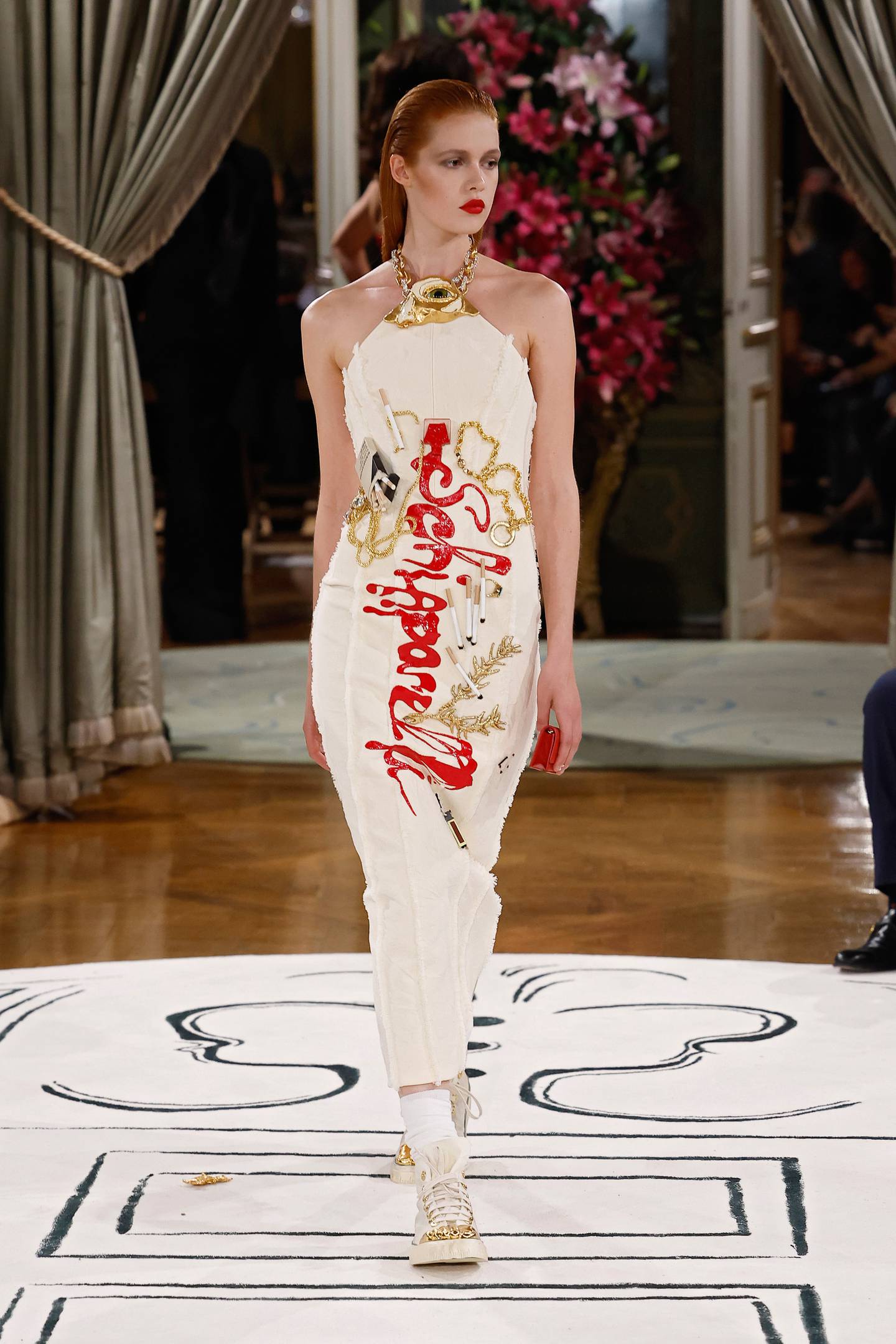
In a luxury market where top-spending, ultra-wealthy clients are driving growth, it may serve Schiaparelli that its ready-to-wear expansion is hardly an entry-level play. The brand’s €5,400 blazers and €4,500 bronze-embellished platform boots are positioned mid-way between standard luxury ready-to-wear and couture. Even t-shirts are priced at €750 (they’re embellished with false nipple piercings).
But even as the brand’s commercial offer begins to gain traction, such a small store network will likely struggle to bring in revenues commensurate with the cost of operating a couture house inside some of the world’s swankiest real estate. According to public filings, Schiaparelli continues to report operating losses, and has deferred payment on millions of euros in loans from its Italian parent company. The brand’s “start-up phase was extended by the pandemic,” the filings state. Schiaparelli declined to provide further information on its revenues or profit.
Forty Stores
Cue a major expansion plan: to capitalise on the current momentum, Della Valle says the brand will raise its store count to 30 or 40 locations mid-term. “We want to push it as soon as possible — but still with a prudent strategy,” Della Valle said.
In Paris, the brand is getting ready to open a new couture salon on its second story, freeing up more space in the rest of the building for selling to walk-in customers across categories.
In addition to more locations selling Schiaparelli’s full offer, the plan also plans to start rolling out dedicated corners for accessories and shoes next year. Such a move could help broaden its audience among the crowds that swarm ground-floor handbag galleries at prestigious department stores.
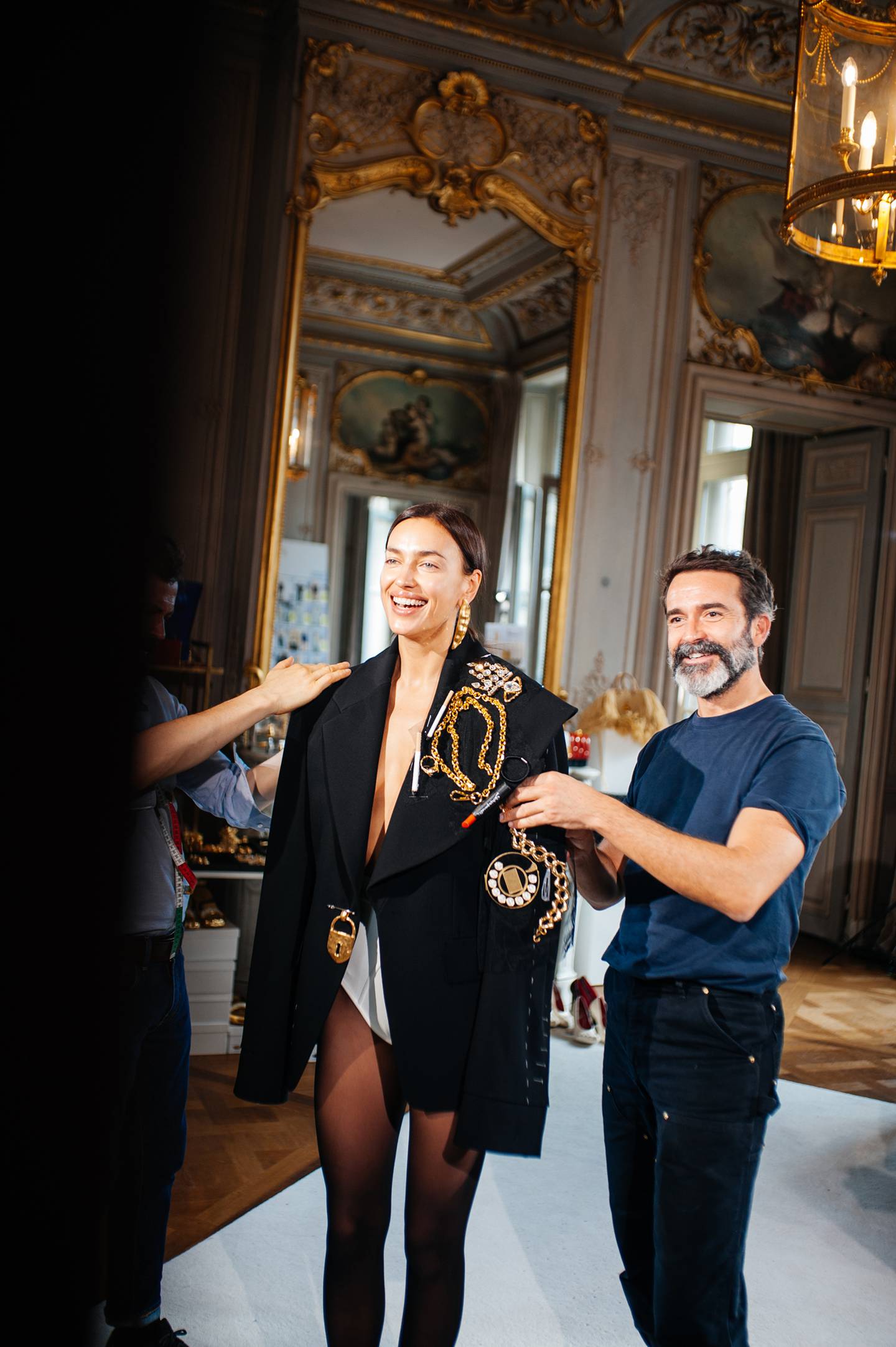
An accessories pop-up currently on display at Harrods (next to the store’s busiest entrance) is an initial test to see how Schiaparelli’s bags, shoes and jewellery will fare among a wider swath of consumers.
Perfume Potential
Once the ready-to-wear and accessories networks fall into place, Della Valle says he sees huge potential in an eventual expansion into perfume and beauty — a category where Schiaparelli’s brand awareness would be a major asset, and where it has a serious archive including ultra-collectible bottle designs by Salvador Dali.
A beauty license would represent a welcome payday for Della Valle after more than a decade investing in Schiaparelli’s return. But amid the rise of luxe perfume specialists like Le Labo and Byredo, it’s unclear whether the airport- and department store-grade perfumes that are the bread-and-butter of big licensees like Coty and L’Oréal would be aligned with Schiaparelli’s couture-driven strategy. Gucci-owner Kering recently launched an internal beauty division with the ambition to take back chunks of its beauty business from licensees and gain tighter control of its image.
Della Valle declined to comment further on plans for Schiaparelli’s beauty, simply saying it would be the “final piece” of the strategy once ready-to-wear and accessories are solidified. “The key will be always to balance exclusivity and turnover — to have luxury turnover,” he said.

